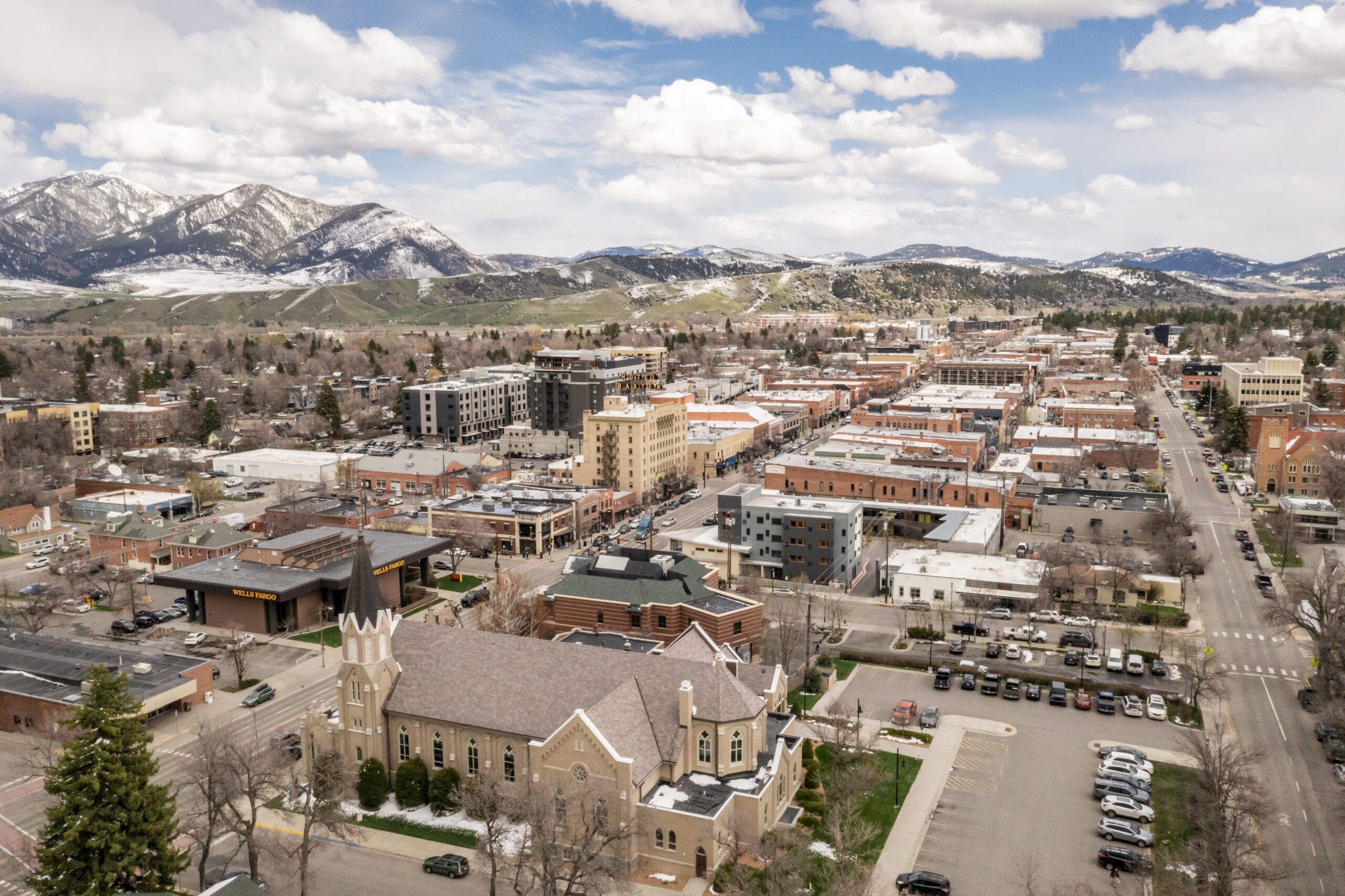A trip back to the dawn of Grizzly 399’s fame

By Todd Wilkinson EBS Environmental Columnist
Living in a region for a long while and writing about it, words yield snapshots. This one flashes forward from 11 years ago when I penned a column titled “It’s a bear soap opera in the northern valley.”
How soon we forget that once upon a time not so long ago, Jackson Hole Grizzly 399, the matriarch of Pilgrim Creek, was just another female bear.
Neither she nor humans could have imagined how these ensuing years would unfold, catapulting her to global recognition as a beloved emblem for her species.
399 is today 21 years old with two cubs of the year and 17 total bruins in her bloodline, about half of which have died in various kinds of run-ins with people.
I offer this old column now to serve as a moment for reflection. It began:
“Last autumn, I crawled into a grizzly bear day bed. I began research for a story about Ursus arctos horribilis, joining members of the Yellowstone Grizzly Bear Study Team in the backcountry just east of Jackson Lake.
The study team, whose scientific origins go back to the 1950s when pioneering biologists Frank and John Craighead headquartered themselves in the Tetons, has an ongoing monitoring effort that is delivering valuable information about how bears live and where they prowl.
Based out of a trailer parked at Colter Bay, Shannon Podruzny and her crew have gathered thousands of data points from collared bears that are being tracked via satellite and through radio telemetry.
One of the fascinating subplots involves the wanderings of Bear 474, a female griz of breeding age.
According to Podruzny, she’s part of an ursid soap opera playing out along the northern tier of Jackson Hole roughly between the western side of the Tetons in Idaho and the deepest roadless terrain in the Teton Wilderness.
In daily episodes of “As The Grizzly World Turns,” females with cubs, which represent the most valuable component of the larger ecosystem’s bear population, are demonstrating what bears do when stay out of trouble.
These family unit matriarchs are teaching offspring how to kill elk calves; they are exposing them to the full smorgasbord of natural plants and other prey; and they’re mentoring impressionable cubs how to survive discreetly in a realm populated by people.
By and large, says Chuck Schwartz, head of the Grizzly Bear Study Team based in Bozeman, the mamas are doing a pretty good job of tolerating humans. Now it’s our turn to keep thinking about how we can continue to do our part as the bear population expands.
Schwartz does not concern himself with the politics of delisting the Yellowstone griz population, which is to say, supporting or decrying the Fish and Wildlife Service’s proposal to remove this famous group of bears from federal protection under the Endangered Species Act.
It’s clear that the states, the land management agencies, conservationists, natural resource extraction groups, hunters and motorized recreationists and others are engaged in that battle which is certain to be resolved one day only in court.
In the meantime, the study team is quietly going about its work to divine insights into bear ecology, which ultimately forms the baseline for how management decisions in the future will be made.
This spring, researchers were hoping that Bear 474, following a series of “romantic interludes” with suiting males, might emerge from her den near the northern end of Jackson Lake with cubs.
But that didn’t happen. 474 is back but without young. Instead, another female being closely tracked by Podruzny is Bear 399, who has three cubs and is inhabiting the environs around Colter Bay.
While making extrapolations based on a single bear mother is unwise, what can be suggested is that a female with three cubs is a good thing; it means 399 had plenty of food to get her fat enough last fall to carry through a successful pregnancy; and, if she gets through the rest of this year without having a conflict with tourists or getting shot by hunters, her attentive parenting will likely be passed on to another generation.
Now and decades from now, the fate of the Greater Yellowstone grizzly population will be assessed based upon numbers of bears and security of prime habitat. Yet as Podruzny and Schwartz note, healthy populations are built one family unit at a time.
If the Grizzly Bear Study Team is zealous about anything, it is in hammering home the points that human respect for bears, and our willingness to make room for them, will determine their persistence, which, based upon surveys, a majority of Americans support.
“We have to understand how the bear interacts with its environment and how we affect its habitat in order to ensure the long-term survival of the species,” he said. “We can’t just close our eyes and hope it works out. That is naive. Society has already tried that approach. We almost lost the bear.”
The message is more timely now than it was then.
Todd Wilkinson, founder of Mountain Journal (mountainjournal.org), is author of “Grizzlies of Pilgrim Creek” about famous Greater Yellowstone grizzly bear 399 featuring 150 photographs by Tom Mangelsen, available only at mangelsen.com/grizzly. His profile of Montana politician Max Baucus appears in the summer 2017 issue of Mountain Outlaw and is now on newsstands.













